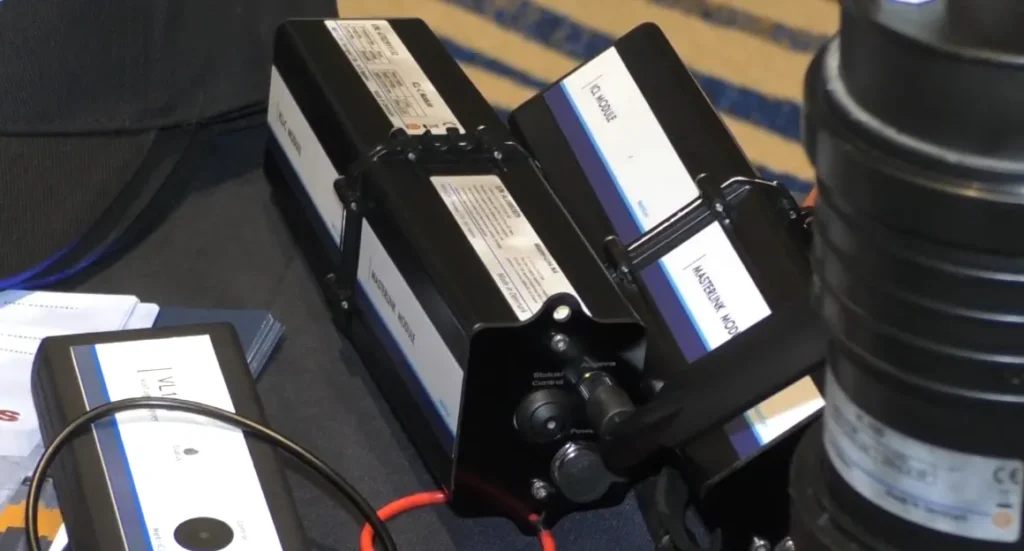Carlos M. Santiago, president of Corrosion Services Inc. (CMS) and official distributor of MetriCorr US for Latin America, shared with the Inspenet team his vision on one of the most efficient technological solutions to protect critical infrastructures, the real-time remote monitoring of corrosion in industrial pipelines.
From his experience in the industry, Santiago highlights that the great value of this technology lies in its ability to provide instant information on the condition of buried or submerged pipelines, without the need to send personnel to the field, which represents a significant change from traditional monitoring, which usually relies on scheduled visits and ad hoc assessments.
For decades, the maintenance of cathodic protection systems cathodic protection has relied on monthly checks, leaving windows of vulnerability such that, if a failure occurred the day after an inspection, it could be a full month before it was detected. During that time, the pipeline could be exposed to corrosive conditions without anyone knowing it.
Real-time remote monitoring eliminates that uncertainty, as Santiago explains:
If there is a problem at the site, for example, if the rectifier of the catholic protection system goes off, it will create an alarm and send an instant alarm and the problem can be taken care of.
Carlos M. Santiago.
The MetriCorr system is designed to collect potential data, corrosion rate, AC and DC current density, and other relevant variables, all in real time, and consists of devices installed at strategic points, such as test stations or rectifiers, which are powered by solar energy and can operate autonomously.
Equipment, such as the MetriCorr ICL-C, connects to specific sensors and even corrosion probes to constantly collect and transmit information, allowing continuous monitoring of what is happening in the pipeline environment.
The range of each unit covers a point area of between 10 and 20 feet, which is why, depending on ground conditions and pipeline coverage, it is recommended to install equipment at defined intervals, which can vary from 1 every kilometer to every 5 kilometers, depending on the type of coating and the environment.

One of the main advantages is that the operator no longer needs to travel to find out if everything is working properly; from his computer, he can monitor dozens of points and act only if something requires attention.
As for installation, Santiago says it is not complex, as an experienced technician can assemble the equipment in an hour, provided he has access to the rectifier cabinet. Probes that require burial may take longer due to civil works, but everything can be planned without affecting the operation.
In addition, the devices operate with solar panels or more discreet solar coatings, ideal for areas exposed to vandalism and provide autonomy that reduces energy costs and facilitates their use in remote locations.
On the other hand, a frequent problem in ducts is the interference by alternating or eddy currents, especially in high voltage corridors. Metricorr's system allows the installation of sensors that detect these events and alert if current conditions reach dangerous levels, allowing timely decisions to be made, such as re-routing the pipeline or reinforcing the insulation.
Although it could be applied to any structure, this type of monitoring was designed for structures where visual inspection is not possible, such as buried or underwater pipelines. This is where instant information makes a real difference in safety, cost and efficiency. Carlos M. Santiago points out that CMS is committed to expanding this technology in Latin America, bringing solutions that were previously only available in markets with high operational digitalization.
MetriCorr US is bringing to the Latin American market real-time remote monitoring systems that transform the way companies manage corrosion, with a regional support network and equipment adapted to different conditions, with the objective of turning this technology into a daily work tool.
For more content about LatinCORR 2025, please visit our YouTube channel and our LinkedIn profile.
Source: Inspenet.